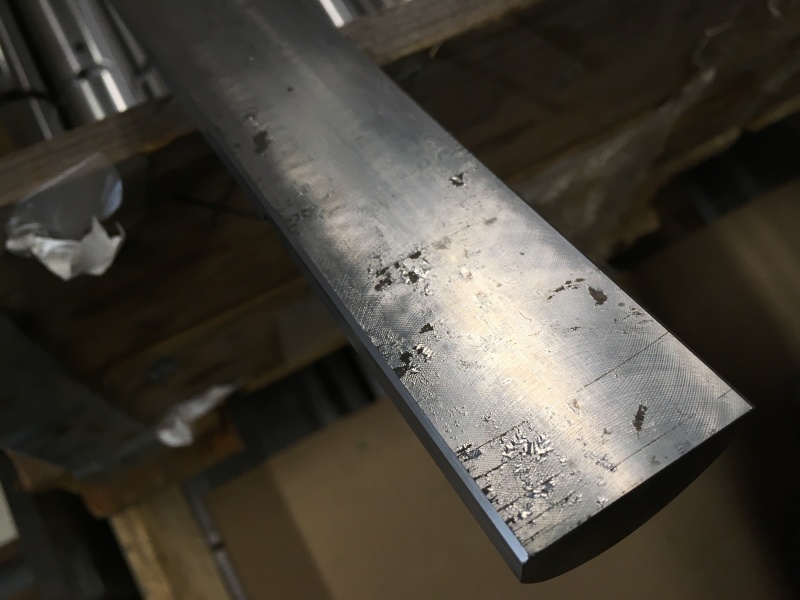Kennethhp
Mechanical
- Apr 20, 2016
- 18
Hello !
Where i work we have an issue i been involved in (It has been seen maybe 5 times over the last 5 year)
We do a pretty standard gas nitriding process at 520 degrees celcius with NH3.
We pre oxidize the parts at 400 degrees before nitriding the parts.
For some reason after treatment, it looks like the nitrided layer lays on top of the part, like paint bubbling up on a rusty car. When we rub the part the nitrided layer falls of easily. When we measure the hardness underneath the nitreded layer we get the required hardness. So the hardness in the steel is ok. But the compound layer is gone, and it looks awefull!
We are clueless whats going on, and why it appears. like mentioned this only happends like, 1/40 times and we cant find any faults at all.
Has anyone seen this before who can point me in a good direction ?
/Kenneth
Where i work we have an issue i been involved in (It has been seen maybe 5 times over the last 5 year)
We do a pretty standard gas nitriding process at 520 degrees celcius with NH3.
We pre oxidize the parts at 400 degrees before nitriding the parts.
For some reason after treatment, it looks like the nitrided layer lays on top of the part, like paint bubbling up on a rusty car. When we rub the part the nitrided layer falls of easily. When we measure the hardness underneath the nitreded layer we get the required hardness. So the hardness in the steel is ok. But the compound layer is gone, and it looks awefull!
We are clueless whats going on, and why it appears. like mentioned this only happends like, 1/40 times and we cant find any faults at all.
Has anyone seen this before who can point me in a good direction ?
/Kenneth

